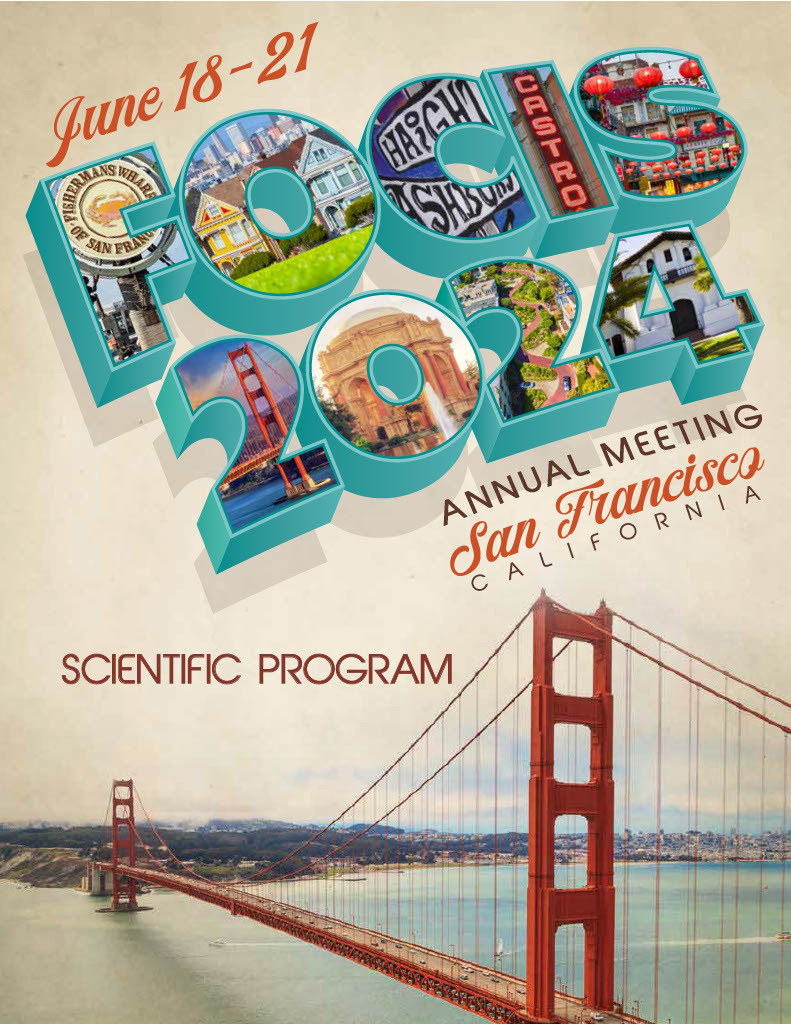Tu116 - Development of an Injectable Hydrogel-based Treg Immunotherapy for Uveitis: A Novel Approach Towards Disease Management
Tuesday, June 18, 2024
6:00 PM - 7:30 PM PT
- WC
Wai-po Chong, PhD
Hong Kong Baptist Universtiy
Hong Kong, Hong Kong
Abstract Text: Uveitis is a group of ocular inflammatory diseases that is mediated by undesired ocular inflammation.
Studies of patients with uveitis and animal models of experimental autoimmune uveitis (EAU) indicate that regulatory T cells (Tregs) play a significant role in resolving ocular inflammation. Treg-based immunotherapy has been studied extensively. However, ensuring the viability and persistence of Tregs post-infusion remains a challenge. To enhance the therapeutic efficacy of Treg-based immunotherapy, we propose the use of hyaluronan and methylcellulose hydrogel (HAMC) to protect Tregs. In-vitro induced Tregs were encapsulated by HAMC hydrogel and were intravitreally delivered to the inflamed eye of EAU mice after disease onset. Disease development was monitored by funduscopy. HAMC-encapsulated Tregs were tracked by chemical exchange saturation transfer (CEST) using magnetic resonance imaging (MRI) non-invasively. We found that one-time intravitreal injection of HAMC-encapsulated Tregs resolved ocular inflammation and preserved visual function in EAU mice. We further demonstrated that HAMC enhances the stability and survivability of Tregs after injection into the inflamed eyes. We revealed that HAMC protects Tregs from proinflammatory environment and promotes their suppressive functions to inhibit effector T cells. After intravitreal injections, HAMC-encapsulated Tregs were able to be detected by CEST-MRI. These data supported the notion that HAMC improves the therapeutic efficacy of Tregs in EAU. Also, HAMC provides an opportunity for us to non-invasively monitor and quantify HAMC-encapsulated Tregs by chemical exchange saturation transfer (CEST) using magnetic resonance imaging (MRI), which greatly assist the optimization and evaluation of this Treg-based immunotherapy in preclinical and clinical setting.
Studies of patients with uveitis and animal models of experimental autoimmune uveitis (EAU) indicate that regulatory T cells (Tregs) play a significant role in resolving ocular inflammation. Treg-based immunotherapy has been studied extensively. However, ensuring the viability and persistence of Tregs post-infusion remains a challenge. To enhance the therapeutic efficacy of Treg-based immunotherapy, we propose the use of hyaluronan and methylcellulose hydrogel (HAMC) to protect Tregs. In-vitro induced Tregs were encapsulated by HAMC hydrogel and were intravitreally delivered to the inflamed eye of EAU mice after disease onset. Disease development was monitored by funduscopy. HAMC-encapsulated Tregs were tracked by chemical exchange saturation transfer (CEST) using magnetic resonance imaging (MRI) non-invasively. We found that one-time intravitreal injection of HAMC-encapsulated Tregs resolved ocular inflammation and preserved visual function in EAU mice. We further demonstrated that HAMC enhances the stability and survivability of Tregs after injection into the inflamed eyes. We revealed that HAMC protects Tregs from proinflammatory environment and promotes their suppressive functions to inhibit effector T cells. After intravitreal injections, HAMC-encapsulated Tregs were able to be detected by CEST-MRI. These data supported the notion that HAMC improves the therapeutic efficacy of Tregs in EAU. Also, HAMC provides an opportunity for us to non-invasively monitor and quantify HAMC-encapsulated Tregs by chemical exchange saturation transfer (CEST) using magnetic resonance imaging (MRI), which greatly assist the optimization and evaluation of this Treg-based immunotherapy in preclinical and clinical setting.

